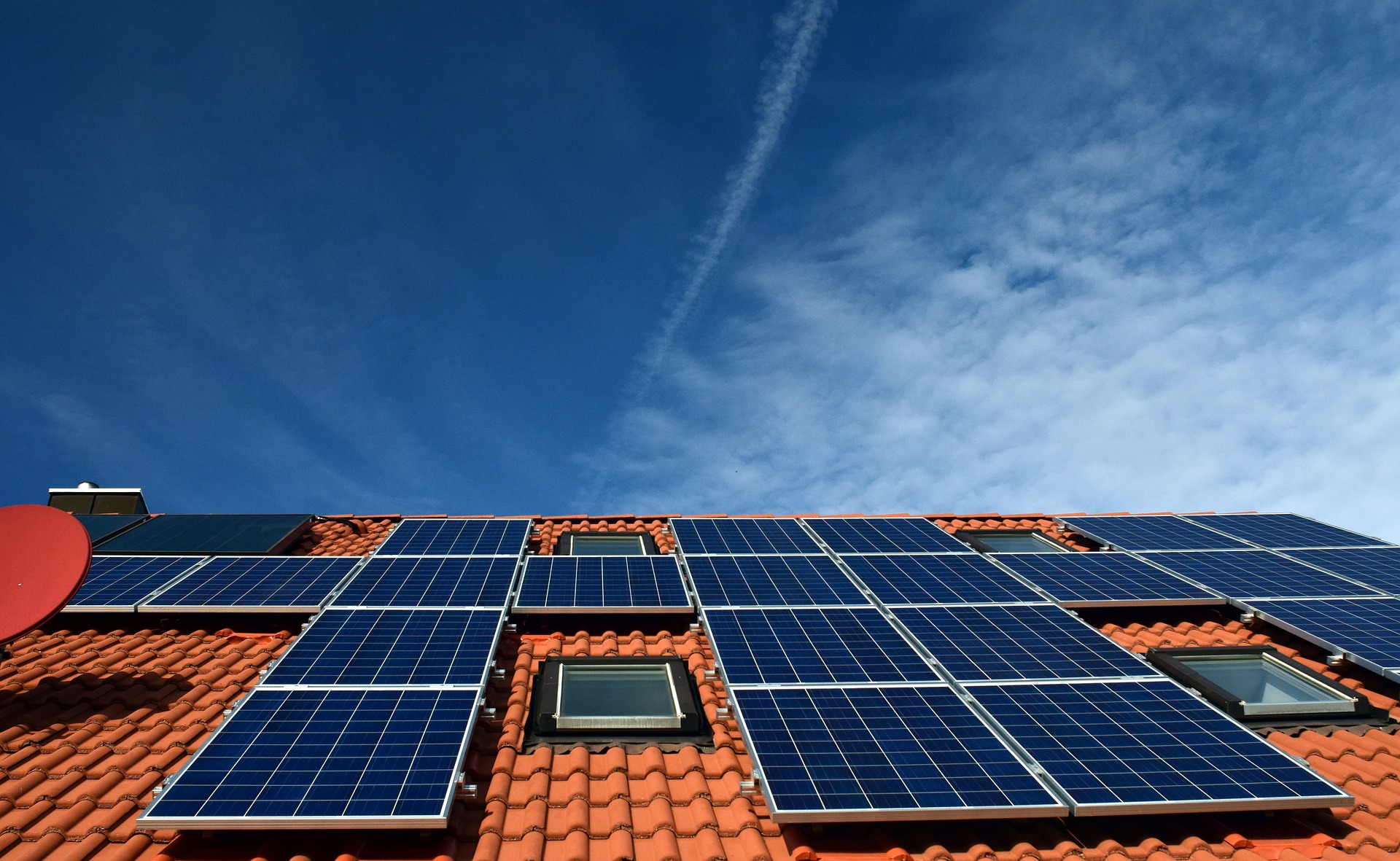Microclimates in Real Estate: The Hidden Factor Shaping Property Values
In the intricate world of real estate, a subtle yet powerful force is emerging as a key influencer of property values: microclimates. These localized atmospheric zones, often overlooked by buyers and investors, can significantly impact a property's desirability, energy efficiency, and long-term value. Recent data suggests that properties in favorable microclimates can command up to 15% higher prices, highlighting the growing importance of this often-neglected aspect in real estate decisions.

Factors contributing to microclimates include topography, vegetation, building density, and proximity to water bodies. For instance, a south-facing slope might receive more sunlight, creating a warmer microclimate ideal for certain types of agriculture or solar energy production. Conversely, a property nestled in a valley might experience cooler temperatures and be less susceptible to strong winds.
The Economic Impact of Microclimates on Property Values
The influence of microclimates on real estate economics is becoming increasingly apparent. Properties with favorable microclimates often enjoy lower energy costs, better air quality, and more comfortable living conditions. This translates to higher demand and, consequently, higher property values.
A study by the Urban Climate Research Center found that homes in areas with moderate microclimates - neither too hot nor too cold - sold for an average of 7% more than similar properties in less favorable microclimates. This premium can be even higher in regions with extreme weather conditions, where a pleasant microclimate becomes a luxury.
Microclimate Analysis: A New Tool for Real Estate Professionals
Real estate professionals are beginning to incorporate microclimate analysis into their property assessments. This involves using advanced meteorological data, GIS mapping, and even drone technology to create detailed microclimate profiles for individual properties.
These profiles can reveal valuable information about a property’s solar exposure, wind patterns, and temperature fluctuations throughout the year. For investors and developers, this data can inform decisions about building orientation, landscaping, and energy-efficient design features that capitalize on the local microclimate.
Microclimates and Sustainable Real Estate Development
The growing focus on sustainable development has brought microclimates to the forefront of real estate planning. Developers are now designing entire communities with microclimates in mind, creating what are known as climate-responsive neighborhoods.
These developments utilize natural landforms, strategic landscaping, and innovative building designs to create favorable microclimates. The result is reduced energy consumption, improved outdoor comfort, and enhanced property values. In some cases, these climate-responsive designs have led to energy savings of up to 30% compared to conventional developments.
Challenges and Considerations in Microclimate-Based Real Estate
While the potential benefits of microclimate consideration in real estate are significant, there are challenges to overcome. One major hurdle is the lack of standardized methods for assessing and quantifying microclimates in property valuation. This can lead to discrepancies in how microclimates are factored into property prices.
Additionally, microclimates can change over time due to urban development, climate change, and alterations in local vegetation. This dynamic nature requires ongoing monitoring and adaptation in real estate strategies.
The Future of Microclimates in Real Estate
As climate change continues to impact global weather patterns, the role of microclimates in real estate is likely to grow. Experts predict that microclimate considerations will become a standard part of property listings, similar to energy efficiency ratings.
Advancements in technology, such as AI-powered climate modeling and IoT sensors, are expected to provide even more accurate and real-time microclimate data. This will enable more precise property valuations and inform smarter development decisions.
A New Dimension in Real Estate Valuation
The recognition of microclimates as a significant factor in real estate represents a shift towards a more holistic understanding of property value. As buyers, investors, and developers become more aware of the impact of localized climate conditions, we can expect to see a growing emphasis on microclimate analysis in real estate transactions and development planning.
This trend not only has the potential to reshape property markets but also to contribute to more sustainable and livable urban environments. As the real estate industry continues to evolve, those who recognize and leverage the power of microclimates will likely find themselves at a significant advantage in this changing landscape.





